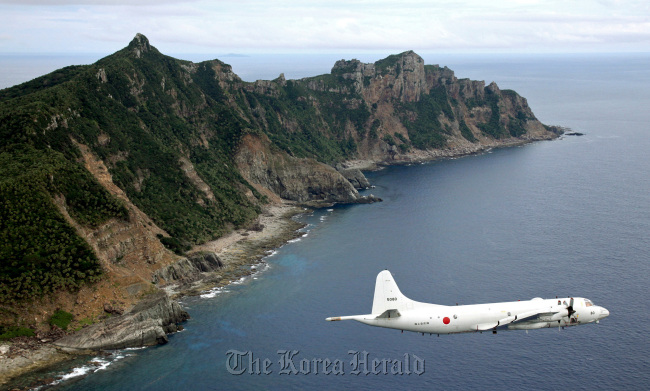Working-level officials from South Korea and China have already agreed to submit a joint claim to an extended portion of continental shelf to a U.N. body to counter Japan’s increasing maritime assertiveness, a source with close knowledge of the matter told The Korea Herald.
The two countries have been preparing formal documents to present to the U.N. Commission on the Limits of the Continental Shelf.
They filed their respective preliminary reports in May 2009, maintaining that their continental shelves stretch to the Okinawa Trough in the East China Sea. The area is believed to hold vast natural gas and crude reserves.
The source said the two countries reached a consensus to file a common report during a meeting of director-general-level officials earlier this year.
“At the meeting, the Chinese officials said they agreed in principle to Korea’s proposal for a joint report to better cope with Japan. But they suggested the two countries submit it at different times ― Korea this year and China next,” he said on condition of anonymity because the discussion was yet to be made public.
 |
Japan Maritime Self-Defense Force`s P-3C Orion surveillance plane flies over the disputed islands in the East China Sea, called the Senkaku in Japan and Diaoyu in China, Oct. 13, 2011. (AP-Yonhap News) |
He did not provide further details. Shin Maeng-ho, director general of international legal affairs at the Foreign Ministry, and his Chinese counterpart Huang Huikang met in March.
On Thursday, Foreign Ministry deputy spokesperson Han Hye-jin said the report will be turned in “soon.” Other officials estimate it could take longer, possibly by the end of the year.
The outer limit of an exclusive economic zone traditionally should not exceed 200 nautical miles (370 kilometers) from the baselines. But under the U.N. Convention of the Law of the Sea, some 160 coastal member countries can claim control of the underlying seabed beyond that limit by proving the ocean floor is connected to its continental shelf.
The U.N. CLCS then reviews the reports and makes a recommendation, establishing a legal ground for the country to exert rights of access to seabed resources within the boundaries. But if other countries raise objections to the claims, it puts it on hold until the stakeholders settle.
Beijing’s Foreign Ministry spokesman Liu Weimin said Friday that “China wants to reasonably resolve disputes (in the East China Sea) through negotiations.”
The cooperation comes amid Japan’s increasing territorial claims. The country is at loggerheads with China over the islands of Senkaku in the East China Sea. Japan has insisted on control over the Korean easternmost islets of Dokdo for years.
In May, Tokyo falsely declared that the U.N. body had recognized around 310,000 square kilometers as its continental shelf with a cluster of Pacific reefs called Okinotori being a base point.
Seoul and Beijing, which themselves were enmeshed in a spat after the initial report in 2009, rejected in concert the announcement as a “groundless ambition to maximize maritime profits.”
By Shin Hyon-hee (
heeshin@heraldcorp.com)








